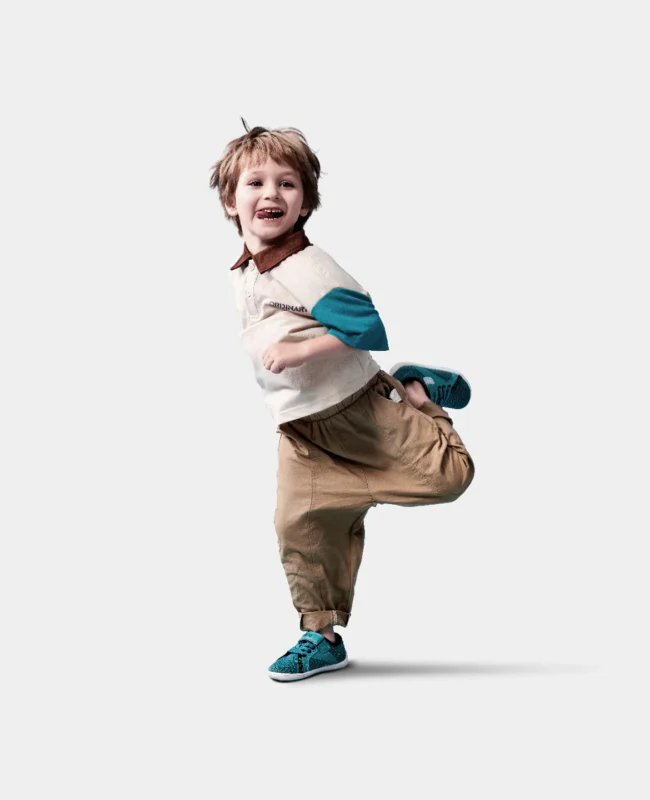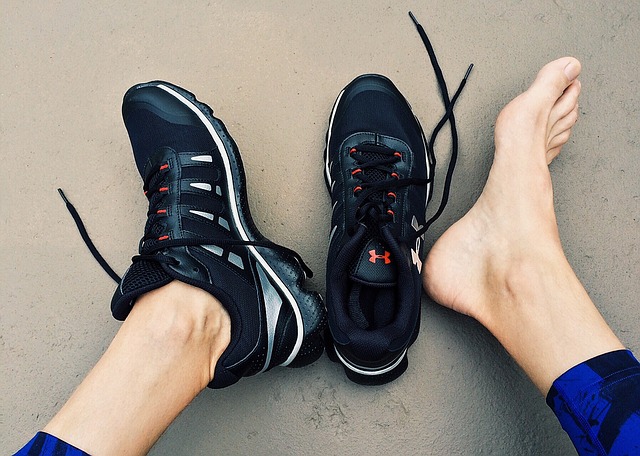Yoga and barefoot shoes might seem like an unlikely pair, but they share a common philosophy—embracing natural movement and strengthening the body from the ground up. Both practices encourage mindfulness, balance, and alignment, making them an ideal combination for anyone looking to enhance their physical and mental well-being.
Let’s explore how barefoot shoes complement your yoga practice and why they might just be the perfect match.
The Connection Between Yoga and Barefoot Movement

Yoga is often practiced barefoot to allow for:
- Improved Stability: Direct contact with the mat enhances balance.
- Natural Alignment: Unrestricted toes help support proper posture.
- Sensory Feedback: Feeling the ground improves awareness and coordination.
Barefoot shoes align with these principles by mimicking the barefoot experience while offering protection and comfort.
How Barefoot Shoes Enhance Your Yoga Lifestyle
1. Promotes Natural Foot Alignment
Barefoot shoes feature a wide toe box, allowing your toes to splay naturally, just like when you’re barefoot on the yoga mat. This improves:
- Stability in standing poses.
- Balance in challenging postures like Tree Pose or Warrior III.
2. Strengthens Feet and Arches
Yoga builds strength and flexibility in the feet, and barefoot shoes continue this work off the mat by engaging your foot muscles. Over time, this can lead to:
- Stronger arches.
- Improved foot mechanics.
- Reduced risk of foot pain or injury.
3. Encourages Mindful Movement
One of yoga’s core principles is mindfulness—being fully present in your movements. Barefoot shoes enhance this by providing excellent ground feel, helping you stay connected to your body and surroundings.
4. Supports an Active, Holistic Lifestyle
If yoga is part of a larger wellness routine, barefoot shoes fit seamlessly into your lifestyle. They’re perfect for walking, running errands, or outdoor activities, keeping your feet comfortable and aligned throughout the day.
Benefits of Combining Yoga and Barefoot Shoes

- Enhanced Balance: Both practices encourage stability and coordination by strengthening your feet and improving proprioception.
- Better Posture: Barefoot shoes and yoga work together to align your body naturally, reducing strain on your back and joints.
- Foot Health: Yoga stretches and strengthens the feet, while barefoot shoes maintain their natural shape and function off the mat.
- Versatility: Whether you’re heading to the studio, taking a nature walk, or running errands, barefoot shoes support your active lifestyle.
Tips for Choosing Barefoot Shoes for Yoga Enthusiasts
- Focus on Flexibility: Look for shoes with a thin, flexible sole to allow natural foot movement.
- Prioritize Comfort: A wide toe box ensures your toes have room to splay, mimicking the barefoot feel of yoga.
- Choose Lightweight Designs: Lightweight barefoot shoes make it easy to transition from yoga to other activities.
- Opt for Breathable Materials: Breathable fabrics keep your feet cool and comfortable throughout the day.
Can You Wear Barefoot Shoes During Yoga?

While barefoot shoes are typically worn outside of yoga practice, they can be helpful for:
- Outdoor yoga sessions, where you want to protect your feet.
- Recovery days, to keep your feet aligned and supported after intense practice.
For indoor yoga, it’s best to stick to being barefoot to maximize ground contact and grip.
Conclusion: A Natural Pairing for Wellness
Yoga and barefoot shoes share a common goal: supporting natural movement and promoting a healthy body. By combining the two, you can strengthen your feet, improve your posture, and embrace a mindful, active lifestyle.
Whether you’re practicing your poses on the mat or moving through your day, barefoot shoes help you stay grounded and aligned every step of the way.





